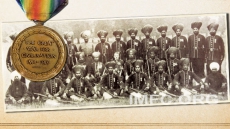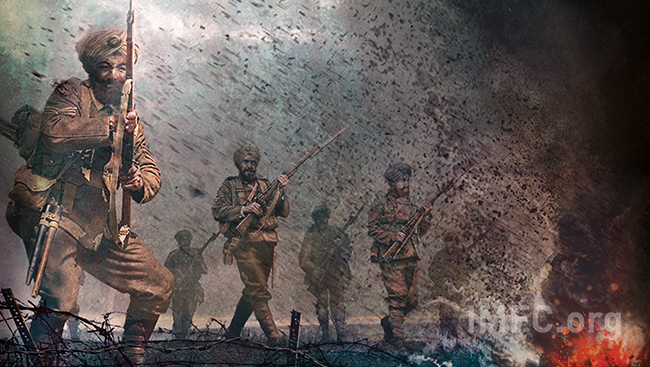From wanting to propagate diversity and inclusion to craving a sense of self-discipline, more and more South Asians are now out and about trying varied forms of outdoor fitness.
In March 2018, several outdoor retailers were called out on social media for the lack of cultural diversity in their advertisements. The ads inherently implied that it was only Caucasians who were interested in the outdoors, in outdoor fitness, and more. This couldn’t have been further from the truth. Recognizing this, Mountain Equipment Co-Op (MEC) responded with an open letter to the public, apologizing and vowing to better represent Canada – in terms of culture and race.

One cultural group that is steadily beginning to take an interest in outdoor fitness is South Asians. Dr. Pushpa Chandra is a prime example. Born in Fiji but of Indian descent, Dr. Chandra, a marathon runner, has been passionate about running since the age of six. “I would run to school instead of taking the bus so I could save my bus fare for ice-cream,” she recalls. Dr. Chandra has run over 500 marathons but the kind she enjoys most are the extreme ultra-marathons where participants run 250 km, carrying their own lodging (including food!), for the whole duration of the race – which most often is six to seven days. “Some of the ultra-marathons I’ve run have a reputation of being the toughest in the world,” says Dr. Chandra. Since the age of six, Dr. Chandra associated running with rewards. She calls it her “moving meditation.” “There is a sense of finesse and grace even when the task is gruelling and demanding. Strictly reacting on instincts, thinking less and achieving more, a perfect body-mind unison,” says Dr. Chandra when asked about what she feels when she runs. “Running has been the greatest mentor to discipline my mind.”

Sharing Dr. Chandra’s love for outdoor fitness is Ken Herar, founder of Cycling4Diversity. Currently a city councillor with the District of Mission, Herar, who comes from a pioneer Sikh family, always enjoyed the opportunity to make positive differences in people’s lives through outdoor recreation and fitness. Herar’s primary goal of establishing Cycling4Diversity was to increase racial diversity and inclusion. “Our message with Cycling4Diversity is to encourage people to have cross-cultural relationships by making new friends in their neighbourhoods, workplaces and schools through participation,” says Herar.

Additionally, Herar is a big fan of tennis as well. “What I find with tennis and running is that, along with the physical component, you also get the opportunity to meet new friends and connect with your local community, which is healthy for the soul.” Dr. Chandra’s thoughts mirror those of Herar’s. “Any form of fitness builds your social and personal abilities,” she comments. “It’s a willingness to step out of your comfort zone that eventually presents opportunities for growth & community.”
From wanting to propagate diversity and inclusion to craving a sense of self-discipline, more and more South Asians are now out and about trying varied forms of outdoor fitness. If you have always wanted to get fit but haven’t really taken the step towards it, it’s the perfect time to do so. “To start, I recommend exploring something you always wanted to do. Dancing, nature walks, gardening…really anything you feel compelled to try,” says Dr. Chandra. Herar adds, “Start with small goals and train with a friend. You’ll find that having a friend/partner will elevate your levels of motivation and accountability.”






